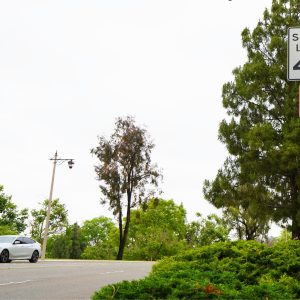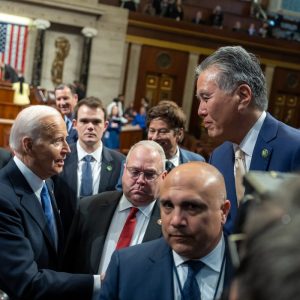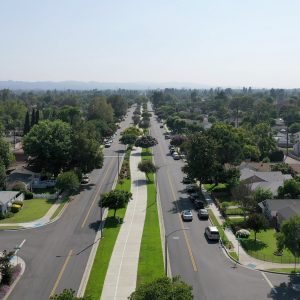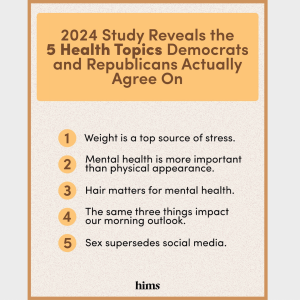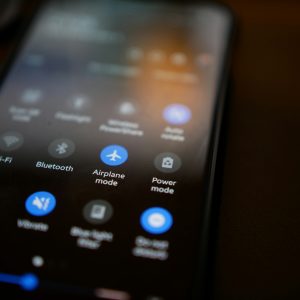 View Winners →
View Winners → 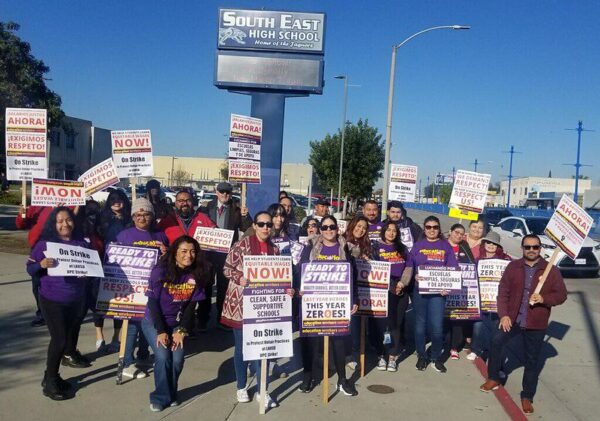
A potentially crippling strike by service workers that would shut down Los Angeles Unified School District campuses for three days was looming large Friday, with little hope of any resolution being reached before the planned Tuesday walkout.
It was unclear when, or if, the Service Employees International Local 99 union — representing roughly 30,000 cafeteria workers, bus drivers, custodians, special education assistants and other workers — would be back at the bargaining table with the district.
District Superintendent Alberto Carvalho said LAUSD officials are prepared to talk, and even potentially sweeten its most recent compensation and benefits offer, but union officials said they are waiting for a state mediator to schedule new talks, and aren’t interested in hearing the district simply reiterate previous proposals the union has already rejected.
In a statement late Thursday, SEIU99 Executive Director Max Arias issued a statement accusing the district of misleading the public about the motivations behind the planned three-day strike.
“This strike is about respect for essential workers who have been treated as a second-class workforce by LAUSD for far too long,” Arias said.
He accused the district of a pattern of harassment of union members and unfair labor practices.
Carvalho countered that the union is “simply refusing to negotiate,” calling it “deeply surprising and disappointing that there is an unwillingness to do so.”
The district was scheduled to engage in labor talks Friday — not with the SEIU but with United Teachers Los Angeles, the powerful teachers’ union which has said its 30,000-plus members will honor an SEIU picket line. UTLA is pushing for a 20% raise for its workers. SEIU is seeking roughly 30%, saying many of its workers are paid poverty wages of about $25,000 per year.
District officials said last week that Carvalho had made the SEIU Local 99 “one of the strongest offers ever proposed by a Los Angeles Unified superintendent.”
According to the district, the offer included a 5% wage increase retroactive to July 2021, another 5% increase retroactive to July 2022 and another 5% increase effective July 2023, along with a 4% bonus in 2022-23 and a 5% bonus in 2023-24.
On Wednesday, Carvalho said at a news conference “that 15% plus 10% does not represent the end of the road, we have more resources and have indicated that to the union.”
The union announced Wednesday at a rally at Grand Park that its strike will begin Tuesday. SEIU-represented workers voted in February to authorize the union to call a strike if negotiations failed.
Carvalho sent a message to district parents and staff March 13 saying that a walkout by more than 60,000 workers would likely mean a closure of all schools in the district.
“We would simply have no way of ensuring a safe and secure environment where teaching can take place,” Carvalho said. “We will give you as much advance notice as possible, but we encourage you to begin discussions with your employer, child care providers and others now.”
Carvalho on Wednesday lamented the possibility of a strike that could shutter schools — on the heels of extended campus closures that impacted student learning during the COVID-19 pandemic.
“What are the consequences? The consequences are once again learning loss, deprivation of safety and security that schools provide to our kids, deprivation of food and nutrition that many of our kids depend on,” Carvalho said. “I know that we focus our attention on the needs of the workforce. I need to focus my attention also primarily on the needs of our kids.”
The unions have repeatedly said the district is sitting on a projected $4.9 billion reserve fund for 2022-23 that should be invested in workers and efforts to improve education through reduced class sizes and full staffing of all campuses.
“Workers are fed-up with living on poverty wages — and having their jobs threatened for demanding equitable pay. Workers are fed-up with the short staffing at LAUSD — and being harassed for speaking up,” Arais said in a statement last week.
“We demand that LAUSD stop the unlawful activity, or workers are ready to take stronger action to protest these unfair practices. Canceling our contract is not a decision we make lightly. But it’s clear that LAUSD does not respect or value the work of essential workers in our schools.”
Carvalho has disputed that $4.9 billion figure, telling ABC7 Thursday that an auditor who reviewed the district’s books concluded such a reserve fund is a “falsehood.”
The superintendent said he remains hopeful a strike can be avoided, but if it happens, the district plans to provide food-distribution centers for students and provide educational packets students can work on at home during the walkout.
SEIU workers have been working without a contract since June 2020.
The union declared an impasse in negotiations in December, leading to the appointment of a state mediator.
In addition to salary demands, union officials have also alleged staffing shortages caused by an “over-reliance on a low-wage, part-time workforce.” The union alleged shortages including:
— insufficient teacher assistants, special education assistants and other instructional support to address learning loss and achievement gaps;
— substandard cleaning and disinfecting at school campuses because of a lack of custodial staff;
— jeopardized campus safety due to campus aides and playground supervisors being overburdened; and
— limited enrichment, after-school and parental engagement programs due to reduced work hours and lack of health care benefits for after-school workers and community representatives.






















































